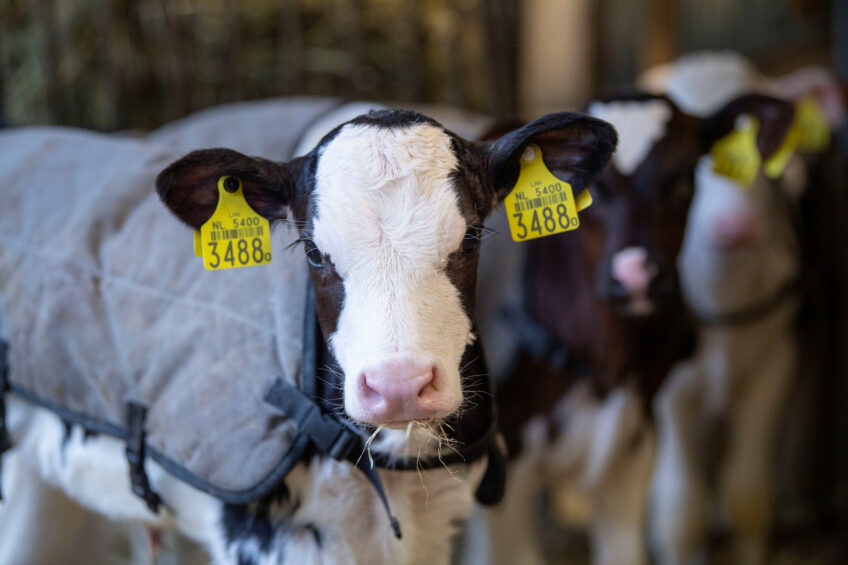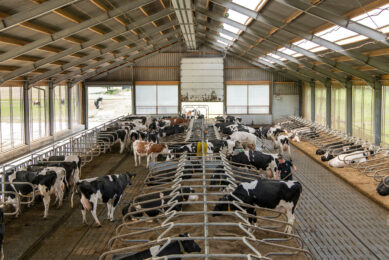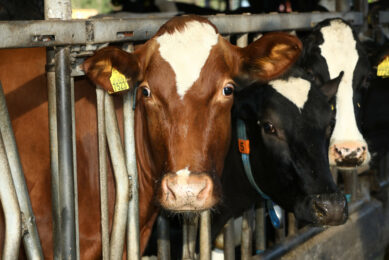Nearly a third of UK calves experience bovine respiratory disease

Clinical investigations and thoracic ultrasound have revealed that nearly a third of calves in the UK experience bovine respiratory disease and subclinical pneumonia.
Approximately 1.4 million dairy calves are born on UK farms each year. Bovine respiratory disease is one of the leading causes of illness in pre-weaned calves and is the primary reason for antibiotic use in this population. Diagnosing the disease can be challenging, especially when using scoring methods such as the Wisconsin Respiratory Score, which rely on visible signs like coughing, nasal or ocular discharge, ear position, and temperature.
The research, carried out by the Royal Veterinary College, measured the occurrence of bovine respiratory disease in 476 calves born on 16 dairy farmers located in South West England.
Researchers performed a total of 3,344 weekly exams from birth until weaning at 8 weeks of age, measuring the respiratory health of the calves using both ultrasound – the first time this has been done on a large subset of English dairy herds – and scoring techniques.
Subclinical pneumonia
The study revealed that the peak prevalence of lung consolidation, where air in the lungs is replaced by a solid, fluid or other material, occurred at 8 weeks of age, reaching 29%. It also found that subclinical pneumonia, the presence of lung consolidation without outward clinical signs, was common. At any week of age, up to 28.7% of calves were diagnosed with subclinical pneumonia.
These findings demonstrate that subclinical pneumonia is common in the UK’s population of dairy-born calves, but diagnosis could easily be missed if stakeholders only observed clinical signs. Clinical respiratory scoring will not identify all cases of bovine respiratory disease and thoracic ultrasound is a diagnostic technique which should be implemented by vets in clinical practice to support cattle welfare.
“The results of this study demonstrate that bovine respiratory disease, including lung consolidation identified via thoracic ultrasound, is common in pre-weaned calves born on UK dairy farms,” said RVC lead author George Lindley. “Whilst this disease has negative welfare consequences, affecting growth, survivability and future productivity, our research suggests that a significant proportion of dairy calves born on British farms may remain undiagnosed when assessed by clinical signs only.”
Lindley added: “Thoracic ultrasound is fast and relatively easy to perform and we hope that more widespread engagement will help to improve youngstock health and performance.”
The study ‘Development and progression of bovine respiratory disease measured using clinical respiratory scoring and thoracic ultrasonography in pre-weaned calves on dairy farms in the UK: A prospective cohort study’, which has been published on MDPI, was funded by the Barham Benevolent Foundation.
Join 13,000+ subscribers
Subscribe to our newsletter to stay updated about all the need-to-know content in the dairy sector, two times a week.










